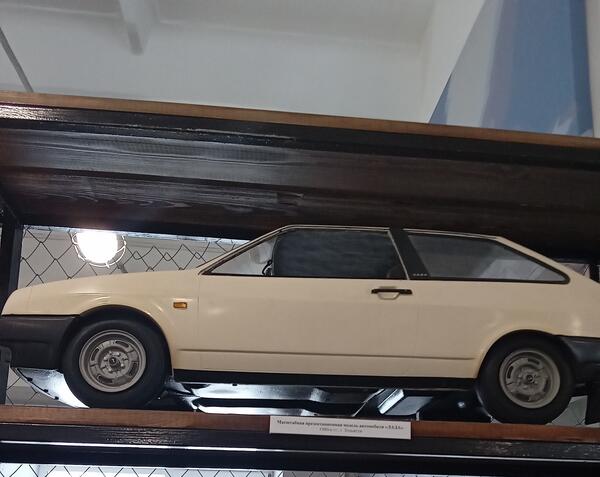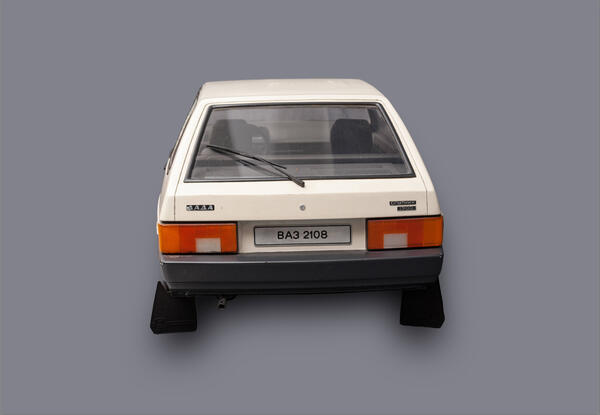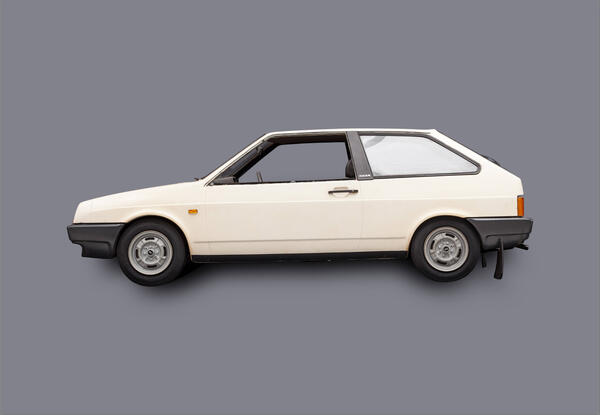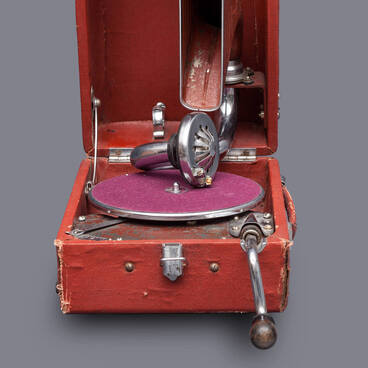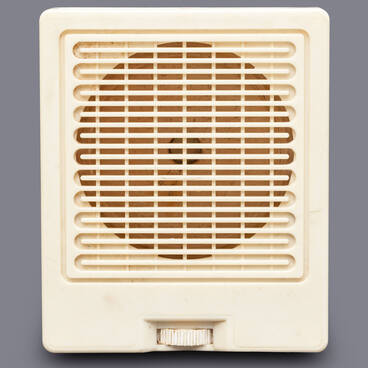The VAZ-2108 was commonly known as “the Eighth”. It was a Soviet front-wheel drive hatchback car that was mass produced between 1984 and 2004. After that, the other related models — the five-door hatchback VAZ-2109 and the sedan VAZ-21099 — were replaced with equally famous cars of the Samara series — the VAZ-2113, the VAZ-2114, and the VAZ-2115. The only differences between these models and their predecessors were minor external design characteristics and engine modifications.
The development of a new light-duty vehicle in Tolyatti was announced by Viktor Polyakov, the Minister of Motor Industry, during his speech at the 26th Congress of the Communist Party of the Soviet Union in February 1981. He was the director general of AvtoVAZ from the plant’s construction in 1966 until being elected minister in 1975.
At the congress, Viktor Polyakov announced that, during the Eleventh Five-Year Plan, the Volga Automotive Plant would develop a front-wheel drive car, with its design and technology being completely different from the traditional Zhiguli models.
The new model was created by AvtoVAZ with the help of Porsche engineers: in 1975, the Soviet Minister of Motor Industry signed a cooperation agreement with Ernst Fuhrmann, the chairman of Porsche AG.
In 1981, the first prototypes appeared, and the pilot batch was assembled three years later. The “Za Rulyom” (Behind the Wheel) magazine described the event in several of its issues, “The VAZ-2108 is, in fact, not merely a new car, but the first model of a game-changing automobile series… The vehicle is well adapted to being used in our country, and given the conditions, it is safe to say that the new car is superior to foreign vehicles.” The VAZ-2108 was undemanding and easy to repair, while the engine’s safety coefficient allowed owners to undertake longer trips without major repairs.
The VAZ-2108 weighed 915 kg and had a capacity of 415 kg. The fuel tank capacity was 43 liters. The “Eighth” was capable of reaching a speed of 148 km/h and could go from 0 to 100 km/h in 16 seconds. In total, over 800,000 cars of this model were produced.
The VAZ-2108 toy model of a 1:43 scale appeared in the product range of the Tantal plant in Saratov in 1989. Twenty years later, another model of the same scale was released with the 21st issue of the Russian scientific and educational magazine “Auto Legends of the USSR”. It was painted green and weighed 400 grams.
The development of a new light-duty vehicle in Tolyatti was announced by Viktor Polyakov, the Minister of Motor Industry, during his speech at the 26th Congress of the Communist Party of the Soviet Union in February 1981. He was the director general of AvtoVAZ from the plant’s construction in 1966 until being elected minister in 1975.
At the congress, Viktor Polyakov announced that, during the Eleventh Five-Year Plan, the Volga Automotive Plant would develop a front-wheel drive car, with its design and technology being completely different from the traditional Zhiguli models.
The new model was created by AvtoVAZ with the help of Porsche engineers: in 1975, the Soviet Minister of Motor Industry signed a cooperation agreement with Ernst Fuhrmann, the chairman of Porsche AG.
In 1981, the first prototypes appeared, and the pilot batch was assembled three years later. The “Za Rulyom” (Behind the Wheel) magazine described the event in several of its issues, “The VAZ-2108 is, in fact, not merely a new car, but the first model of a game-changing automobile series… The vehicle is well adapted to being used in our country, and given the conditions, it is safe to say that the new car is superior to foreign vehicles.” The VAZ-2108 was undemanding and easy to repair, while the engine’s safety coefficient allowed owners to undertake longer trips without major repairs.
The VAZ-2108 weighed 915 kg and had a capacity of 415 kg. The fuel tank capacity was 43 liters. The “Eighth” was capable of reaching a speed of 148 km/h and could go from 0 to 100 km/h in 16 seconds. In total, over 800,000 cars of this model were produced.
The VAZ-2108 toy model of a 1:43 scale appeared in the product range of the Tantal plant in Saratov in 1989. Twenty years later, another model of the same scale was released with the 21st issue of the Russian scientific and educational magazine “Auto Legends of the USSR”. It was painted green and weighed 400 grams.

